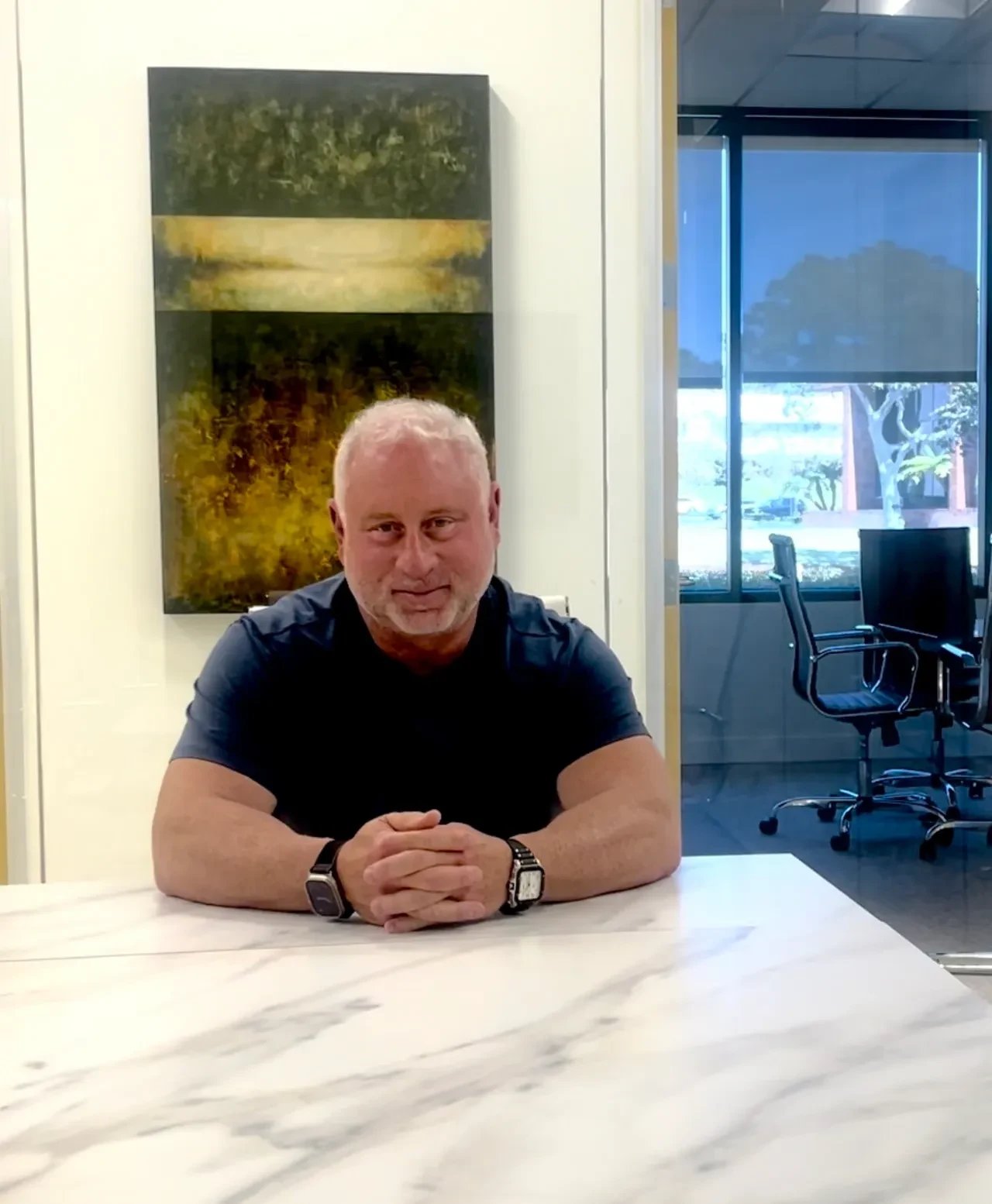In this blog, I typically look at how I think things will pan out over a relatively brief timespan: a week, a month, a quarter and, perhaps, a year or so. And yet, I often talk about investing for the long term – holding onto value stocks or buying a house that you’ll keep for a decade or two, for example. Given this, I thought it would be interesting to look at some current data about long-term US population trends and how I interpret them in regard to residential real estate.
Population and housing: Can we ever have the right number of units at the right prices, in the right places, at the right time?
As we know, the state of housing depends on supply and demand. There have been rare moments when we’ve gotten close to equilibrium, when there are pretty much enough units to go around, with enough pricing variability and geographic spread so that most people who want to own a home can own a home. Usually, though, the housing seesaw tips one way or the other. Given this, here’s where I see things going.
In one year: In
a recent Yahoo! Finance interview, a particularly prescient residential real estate analyst (who also happens to be one of my favorites), Ivy Zelman, recently noted that there are a lot of new builds in the pipeline:
“…there’s a massive backlog of both single family for sale, single family for rent, what we call build for rent. And there’s a massive pipeline of multifamily that if that — all that product gets completed over the next year and a half, two years – we’re going to have oversupply causing pressure on home prices. And that’s aside from the risk that rates are going to go higher.”
She predicts that supply-chain problems that have plagued construction will ease in 2022, leading to a massive amount of new inventory on the market and that, along with anticipated interest-rate increases, will lead to some price softening.
Mitigating factors: If the economy cools down a bit, the Federal Reserve will likely slow its planned interest-rate hikes, which could keep mortgages low and housing demand high. Also, although several million new units could come onto the market, that’s still below the level of demand – and how many will be in price ranges that are affordable for first-time buyers or empty nesters is hard to say.
My conclusion: Demand and prices will stay high throughout 2022 and we won’t see any significant easing in most markets.
While searching for data that would drive my own insight, the closest I got was a snapshot through 2025 from a website called
RealWealth. This is a website by mom-and-pop real estate investors (I don’t use this disparagingly, just to denote that this isn’t a major corporation or financial services firm making the predictions and if the website is to be believed, they demonstrate some housing-market chops). And I agree with several of their predictions:
Mitigating factors: Possibly nothing unusual…if we’re lucky. We’ve now got some ideas about how to manage a pandemic, we’ve got experience in political discord at home and abroad and just about everyone’s looking to move on, including home builders. I think some of the labor and supply scarcity of the last couple of years (and this year) will ease, too, which will help bump up supply in the coming years.
My conclusion: In about five years or so, we’ll have a residential real estate market that looks more “normal” – albeit a higher-priced normal than we were used to – something more like the decade pre-pandemic. Sales should be strong, but buying a home should be an easier venture than it is today. One area in which we really need to step up and make progress, though, is the issue of affordable housing, which will continue to plague our society if we can’t get a grip on helping those who can’t afford a half-million-dollar starter home. At this point in time and given
real estate’s long-held place as a pillar of generational-wealth creation, the lack of a real resolution is not only unfair to millions of Americans, but increasingly detrimental to our country’s economic and social health for the long term.
In 10 years: Here’s where population shifts start to have more of an impact on residential housing.
Right now, circa 2022, we’ve got empty-nesters (who would normally downsize) hanging on to their bigger homes, in large part because the market is so tight and so expensive that they aren’t reaping a big payout for selling (compared to the cost of buying or renting their next home) and they have nowhere to go if they sell, due to the overall shortage of viable housing units. And we have first-time buyers,
whose median age has increased to 34, who have already overpaid
and who are feeling house-poor pain today or who are outpriced and waiting it out to see if things get better.
In 10 years though, by 2032, the eldest of the baby boomers will be 86, while the youngest will be 68 years old. At this point – and as long as a sufficient number of affordable and size-appropriate options are available – a significant segment of this generation will no longer want their current single-family homes.
Combine that with U.S. birth rates on a decline since 2008 and by 2032 and, theoretically, we could have more older people moving out and fewer young adults on their way in.
Mitigating factors: The only way to reverse US population loss at this point is to open the doors to a new wave of immigration. The question is, though, over the next 10 years, will we collectively have a mindset that welcomes and supports enough New Americans?
My conclusion: This could be when we start to see a shift to increased affordability in housing, as well as housing solutions that include more sustainable and desirable alternatives, such as a boom in amenity-driven and design-appropriate senior housing in urban centers, not just on suburban fringes. That said, without increased immigration, we’ll have enormous gaps in labor throughout every sector related to housing, which could dampen any hope of new construction easing housing shortages. There are also two significant factors worth considering: How will technology change housing (i.e., will 3D manufacturing boom? Will human labor in construction fields be replaced by robotics, as is happening in other facets of manufacturing?) and how will climate impact housing and population?
In 20 years: By 2042, we’ll begin to see the full impacts of the declining birth rate in the U.S. and the continued aging and related mortality of baby boomers, as well as Gen Xers wanting to downsize. Still, 20 years from now, the US Census Bureau predicts that we’ll have about 20 million more Americans than today as a result of immigration. (As we know, this depends heavily on federal immigration policies over the next two decades.)
My conclusion: If new construction stays strong between now and then, we’ll have ample housing available. It could also present a great opportunity for public/private partnerships (government entities and developers) on a serious revitalization and/or replacement of housing stock in many older American cities – like those around the Great Lakes and the Northeast – to create more sustainable cities. In addition, the push for quality-of-life driven senior housing will continue to dominate as the population ages.
What do you think – and what could you do?
Here you have my very brief long view on the potential impacts of population on housing looking 20 years out –, but really, this is just the tip of the iceberg.
Here’s a challenge: Imagine life 10, 20 and even 30 years from now and ask yourself what opportunities you see down the line and what steps you could take today – in 2022 – to be well-positioned later, much later. That could be from an investment perspective, of course, but it could also be in terms of career or business choices, where you’d choose to live and work and more.
And trust me: Before you know it, the next 10 or 20 years will have flown by and you’ll realize then that things happening today (that hardly cause a ripple in your life now) suddenly have a tremendous impact. That’s why they’re worth exploring, with the caveat that predicting the future is impossible – but it’s never too soon to think about it, so give it a go anyway.











